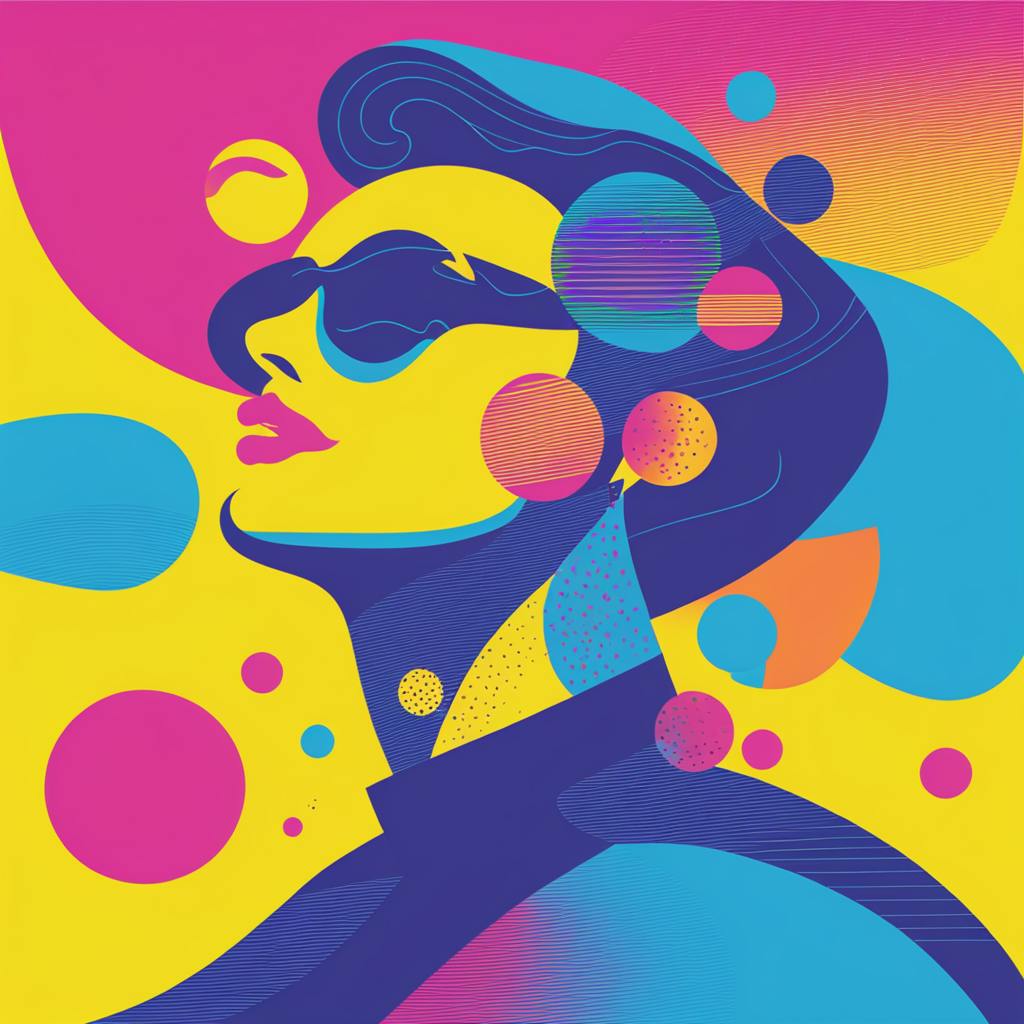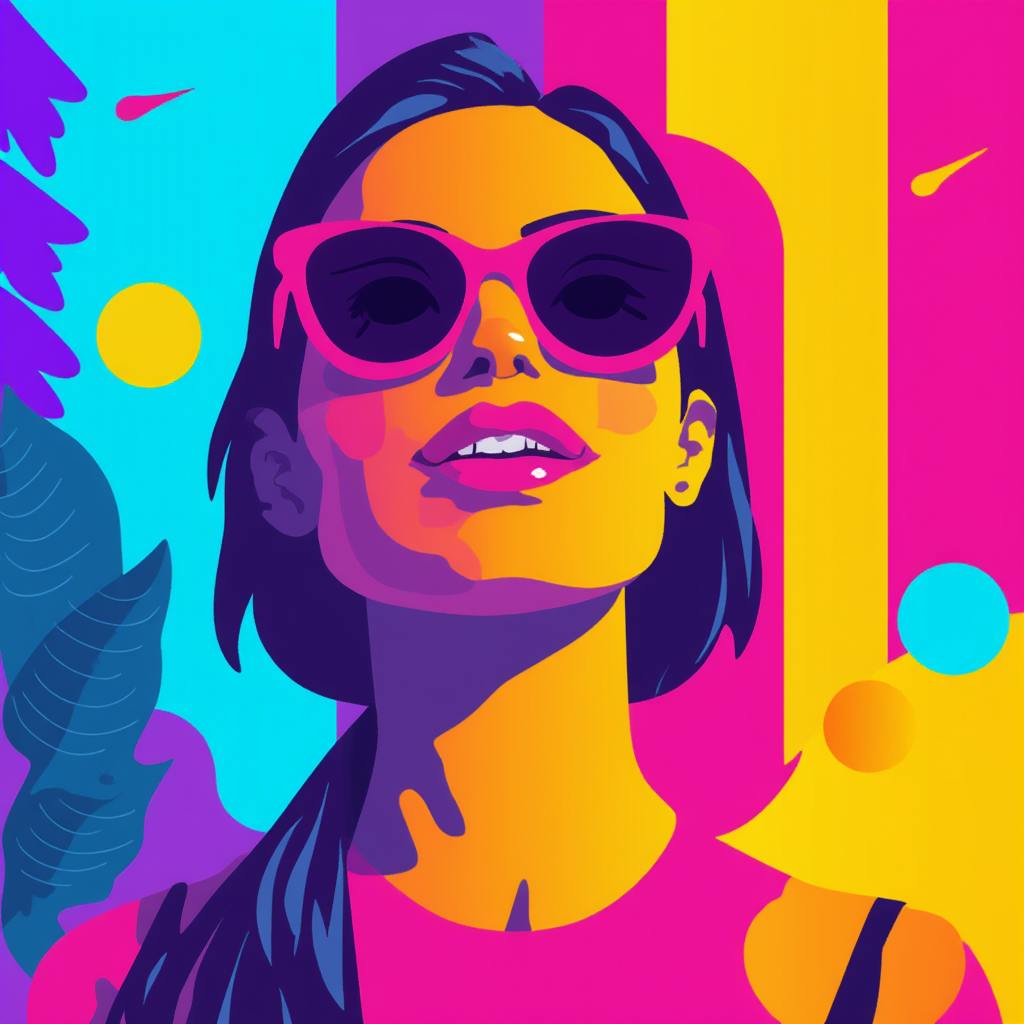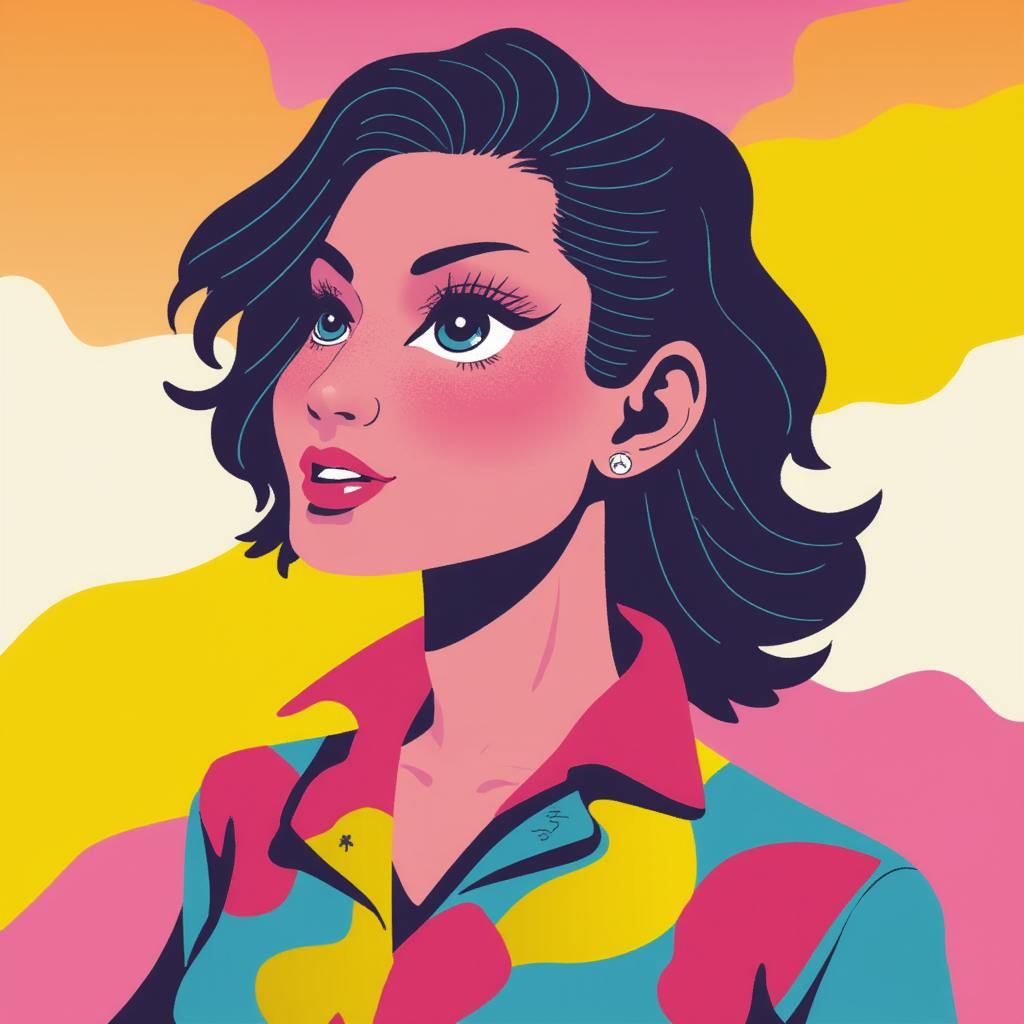Canvas and AI design has emerged as a groundbreaking concept, reshaping the paradigms of creativity and innovation. As artificial intelligence (AI) weaves itself into the fabric of design, it creates an interactive ecosystem where human creativity meets machine intelligence. This article delves into how AI is redefining the design canvas, explores frequently asked questions about its applications, and offers insights into its transformative impact.
Insights into Canvas & AI Design
Artificial intelligence has made significant strides in the realm of design, creating new opportunities and expanding the boundaries of what is possible. Traditionally, designers have approached their work with a set of tools that dictated the limits of their creativity. However, the integration of AI into design processes has introduced unprecedented flexibility and potential for innovation. With AI-enhanced tools, the digital canvas becomes an expansive workspace where designers can experiment beyond technical constraints.
AI applications in design include everything from AI-powered tools that automate repetitive tasks to advanced algorithms that can generate entire design concepts. These tools provide designers with the freedom to focus more on creativity and less on mundane tasks, enhancing productivity and sparking innovation. Thus, "canvas and AI design" creates a synergistic environment where human ingenuity and machine precision intersect.
Exploration of Key Points
- Automation and Efficiency: AI tools help streamline design processes by automating repetitive tasks. This efficiency allows designers to direct their time and creativity toward more complex and strategic tasks, enhancing the overall output quality.
- Generative Design: By leveraging AI, designers can explore a multitude of design options that a human might not consider. Generative design uses AI algorithms to suggest a variety of designs based on set parameters, thereby expanding the creative possibilities available to designers.
- Personalization and Customization: AI can analyze user data to offer personalized design recommendations. This level of customization enhances user experiences, making designs more relevant and engaging for end-users.
- Augmented Creativity: With AI acting as a collaborator rather than a mere tool, designers can transcend traditional creative limits. This collaboration enables more innovative and unique outputs, as AI brings a new dimension of creative thinking.

AI made with Heather Crank
Exploration of Frequently Asked Questions
How does AI impact the role of traditional designers?
AI does not replace designers but rather augments their capabilities. By handling routine tasks, AI allows designers to focus on more creative aspects of their projects.
Can AI be trusted to understand creative nuances?
While AI is proficient at pattern recognition and data analysis, it requires human input to fully grasp the emotional and cultural nuances of creativity. Thus, AI serves as a tool to complement human intuition and insight.
Are there ethical considerations in AI design?
Yes, ethical considerations are paramount in AI design. Designers must ensure that AI-generated designs avoid biases and adhere to standards of inclusivity and fairness.
FAQ: Canvas and AI Design
How is artificial intelligence changing creativity in canvas design?
Artificial Intelligence (AI) is revolutionizing creativity in canvas design by automating routine tasks, providing innovative tools for design, and expanding creative possibilities. AI-powered software can assist designers by suggesting color schemes, patterns, and layout adjustments based on user preferences or current design trends. This fosters a more efficient design process, freeing up designers to focus on the more creative and strategic aspects of their work. AI has also enabled customizations that cater to individual tastes, offering personalized design elements instantaneously.
AI introduces new styles and techniques that may not have been explored by human designers previously. By learning from vast datasets of art and design, AI can generate unique styles by blending different influences or inventing entirely new aesthetics. As a result, designers are not only enhancing traditional methods with AI tools but are also exploring novel artistic directions, thus pushing the boundaries of modern artistry.
What is the role of AI in modern canvas design?
In modern canvas design, AI plays several critical roles:
- Creativity and Innovation: AI aids in generating novel design ideas, offering inspiration, and creating designs automatically with parameters set by the user.
- Efficiency: AI automates repetitive and mundane tasks, such as resizing, color correction, and pattern replication, allowing designers to work more efficiently.
- Personalization: AI algorithms can analyze user data to provide personalized design suggestions, ensuring that the final product closely aligns with individual preferences and trends.
- Enhanced Collaboration: AI tools facilitate better collaboration among teams by providing cloud-based platforms where designs can be shared and edited simultaneously.
- Improving Accessibility: By reducing the technical barriers in graphic design, AI enables more people, even those with limited design skills, to create professional-looking canvas designs easily.
How can I use AI technology to enhance my canvas designs?
To leverage AI in enhancing your canvas designs, you can follow these steps:
- Research AI Tools: Familiarize yourself with various AI-powered design tools available in the market. Some popular ones include Canva's design tools with AI enhancements, Adobe Sensei in Adobe Creative Suite, and DeepArt effects.
- Exploit AI Features: Use AI features for automated layouts, color scheme suggestions, and content-aware scaling to streamline the design process.
- Train AI Models: If possible, train custom AI models using your design history to tailor suggestions and outputs more closely to your personal style.
- Incorporate Generative Design: Experiment with generative design and AI techniques that automatically generate designs or artwork based on inputs or parameters you define.
- Stay Updated: Keep abreast of ongoing advancements in AI design technology to incorporate the latest features and techniques into your workflow, ensuring your designs remain cutting-edge.

AI made with Heather Crank
What are some examples of AI algorithms used in canvas design?
Several AI algorithms and models are commonly used in canvas design:
- Neural Networks: Deep learning models, such as Convolutional Neural Networks (CNNs), are commonly used in image recognition and generation, enabling features like style transfer and layout suggestions.
- Generative Adversarial Networks (GANs): These are used for creating new, synthetic instances of data that can resemble real-life examples, facilitating generative design capabilities.
- Reinforcement Learning: Used for optimizing complex decisions in the design process, such as layout adjustments based on user interactions.
- Natural Language Processing (NLP): In tools that offer textual or voice input for design suggestions, NLP helps understand user commands and translate them into actionable design tasks.
- K-Means Clustering: Frequently used for color analysis and palette generation, helping designers create harmonious color schemes.
By utilizing these algorithms, designers can increase productivity, enhance creativity, and explore new design dimensions, revolutionizing how canvas designs are created and optimized.
Conclusion
Canvas and AI design is revolutionizing the field of digital creativity. By offering automation, efficiency, and expanded creative possibilities, AI empowers designers to transcend traditional limits. AI-driven generative design and personalized user experiences are just a few examples of the profound impact AI has on the creative process. As we continue to explore this dynamic intersection of technology and artistry, it is clear that the synergy of canvas and AI design will continue to enhance and redefine the landscape of creativity.
The future holds immense potential for the evolution of design as AI becomes further entrenched in creative processes, promising a future where creativity knows no bounds.

